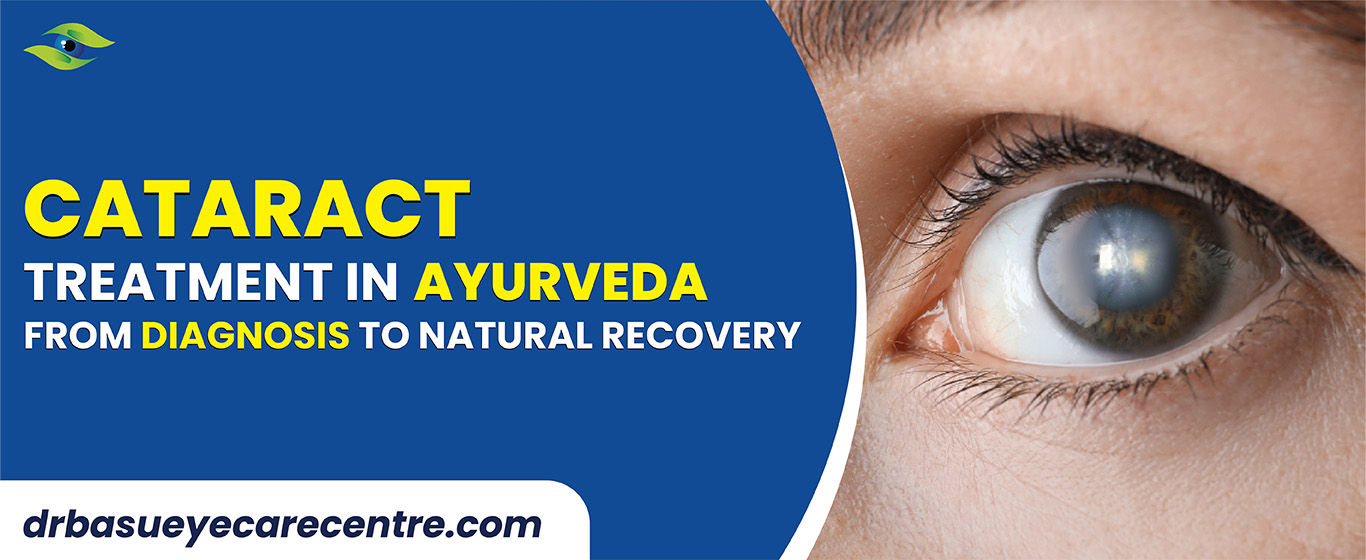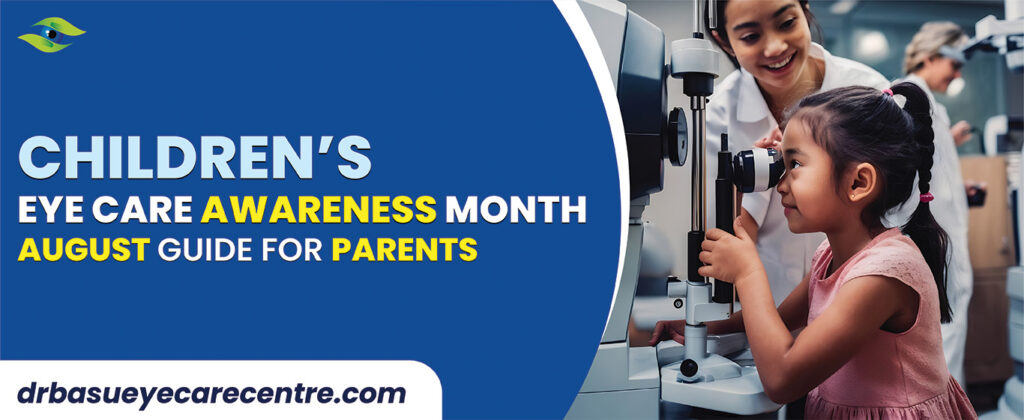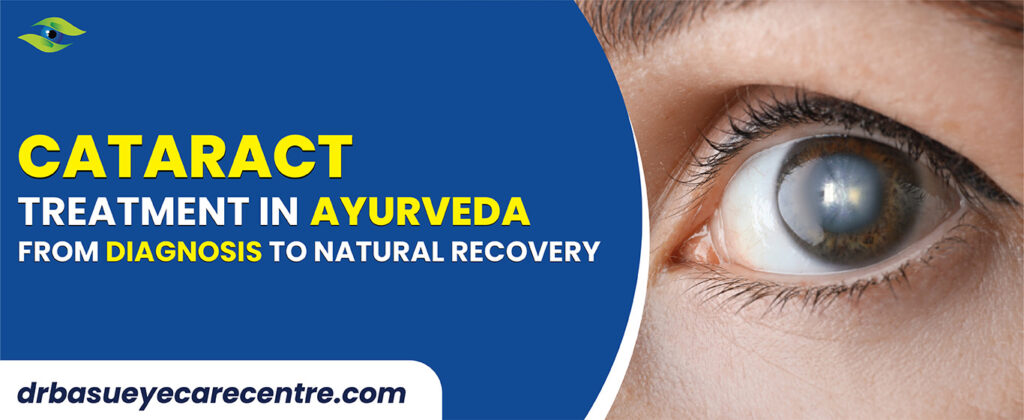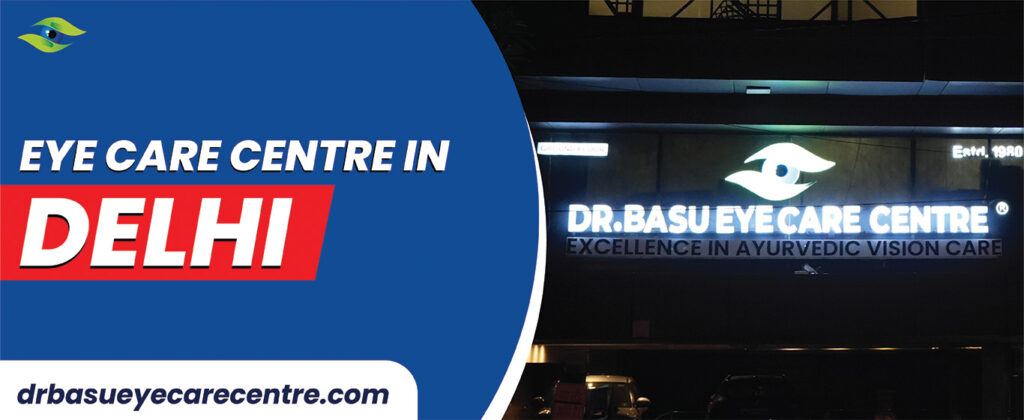A cataract occurs due to clouding of the lens and in ayurveda , cataract is related with timira in the initial stage, and in advance stages with Linganasha. Timira is defined as eye disorder caused by vitiation of doshas , primarily Pitta and Vata, which disturb the normal functions of the Alochaka Pitta & causes clouding of the lens in the eyes. The cataracts could broadly be classified into immature cataract and matured cataract and could be treated by Ayurvedic Cataract Treatment. To be more specific they could be enlisted as nuclear cataracts, cortical cataracts and posterior sub-capsular cataracts.
What causes a cataract?
In ayurveda when we talk about various causes of cataracts, it could be enlisted as
1. Jara Janya Vyadhi is also termed as aging which occurs due to vitiation of Vata dosha, which dries up the ocular tissues and causes lens degeneration.
2. Ahar-Viharaj Nidana also termed improper diet and lifestyle is also a cause of Cataract formation and it occurs due to excessive intake of heavy oil , sweet and cold food which increases the kapha in the body. It may also include excessive intake of dry, spicy or fried food which aggravates the vata factor and in instances where one consumes food at irregular intervals causing mandya agni or poor digestion.
3. Chronic Diseases : People suffering diabetes ( prameha ) show accumulation of kapha and meda which impacts the transparency of the lens. The chronicity of disease also causes vitiation of the blood which can impair retinal health.
4. Trauma or Injury (Abhighata): Physical trauma to the eye can cause sudden disruption of dosha balance and damage the lens.
Hereditary Factors (Beeja Dosha): In Ayurveda, it is believed that some eye problems like Timira (early stage of cataract) can run in families. This is because the quality of a baby’s sperm (Shukra) and egg (Shonita) at the time of conception matters a lot. If there is any weakness or defect in them, the child may have a higher chance of getting eye diseases earlier in life.
How is Ayurvedic Cataract Treatment done at Dr Basu Eye Care Centre?
The best way to manage cataract in Ayurveda is without surgery. At Dr Basu Eye Care Centre we provide Ayurvedic Cataract Treatment without surgery includes giving ayurvedic medication and diagnosing the problems with the latest diagnostic equipment. Along with the medication the centre also provides panchakarma therapy like netra tarpan, netra seka and netra dhara when needed in specific cases. The latest diagnostic equipment helps to check the eye pressure and vision before starting treatment. After that, an Ayurvedic doctor will evaluate your condition to plan the best course.
Ayurveda offers a safe and effective option. Dr Basu has the best herbal eye drops and medicines that can delay the onset of cataracts and ultimately slow their progression. The earlier you start therapy, the better and quicker the outcome. If the cataract has been there for a long time, it may take more time to treat.
In Ayurvedic treatment, we aim to naturally remove the cloudy protein layer (which causes cataract) without surgery. Many patients even come to us after having cataract surgery because their vision becomes dull again after a few years of surgery. Some say they don’t see light at all or feel their eyesight has dropped even after lens replacement. In such conditions, Ayurvedic treatment proves to be the best.
Our Ayurvedic approach not only treats the cataract but also reinforces the retina behind the lens, helping to improve light sensitivity and overall vision. With this natural treatment, we focus on healing the root cause and restoring clear sight – all without surgery.
What are the risk factors associated with cataract?
There are various types of risk factors associated with Cataract. These risk factors are enlisted below.
Getting Older: As we age, the natural proteins in our eye lens can break down and clump together, which leads to cataracts.
Getting Exposed to Too Much Sunlight: Being in the sun too much without eye protection can damage the lens in your eyes and increase the risk of cataracts.
Diabetes: People with diabetes have a higher chance of getting cataracts because of changes in sugar levels inside the eye.
Eye Injuries: Any injury to the eye can cause cataracts, either right away or even years later.
Smoking: Smoking habits can lead to an increase in cases of cataracts.
Some Medicines: Taking certain medicines for a long time especially containing steroids can also lead to cataracts especially if they contain
Knowing these risk factors can help you take better care of your eyes and lower your chances of getting cataracts.
Diet for Healthy Eyes
Make sure you follow a diet that is good for your eye health. As per an Ayurvedic eye doctor, the patient should eat food that is rich in antioxidants, vitamins, and good fats to keep your eyes strong.
Good foods for your eyes include:
- Amla (Indian gooseberry)
- Carrots
- Leafy green vegetables
- Almonds and walnuts
- Turmeric
While taking care of your eyes, you should avoid consuming too much sugar, avoid fried or processed food, refined carbs, salty snacks, and caffeine. These can damage your eyes over time and speed up cataract formation.
Yoga & Cataract Care Without Surgery
Apart from food, Ayurveda also recommends simple eye exercises to improve blood flow and reduce eye strain:
- Trataka (candle gazing): Helps improve focus and strengthens eye muscles
- Palming: Relieves tired eyes and refreshes your vision
- Blinking exercises: By doing blinking exercises, you can keep your eyes moist and prevent dryness
Getting enough sleep, doing meditation, and practising breathing exercises (Pranayama) also support better vision and prevent eye problems.
Conclusion
Ayurveda offers a gentle, natural way to manage cataracts without surgery—especially when started early. With the right diet, herbal medicines, eye exercises, and detox therapies, you can protect your vision and slow down cataract progression safely and effectively.






